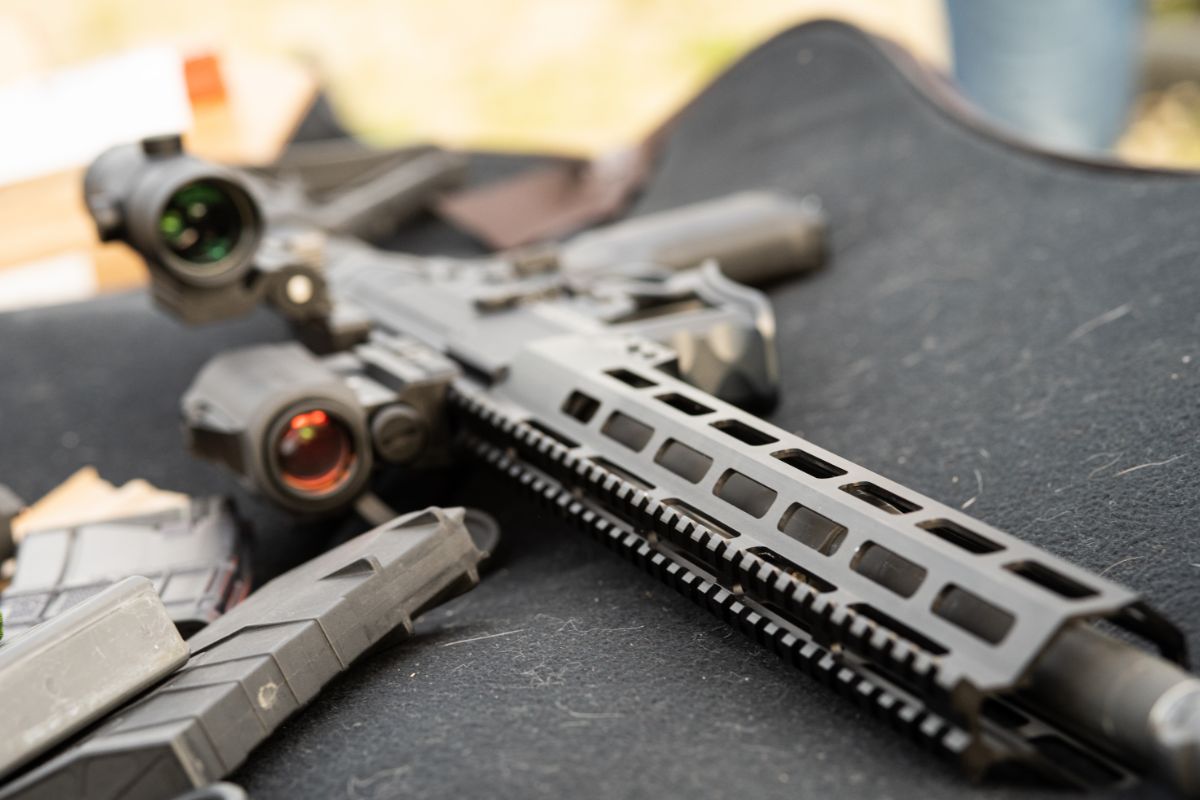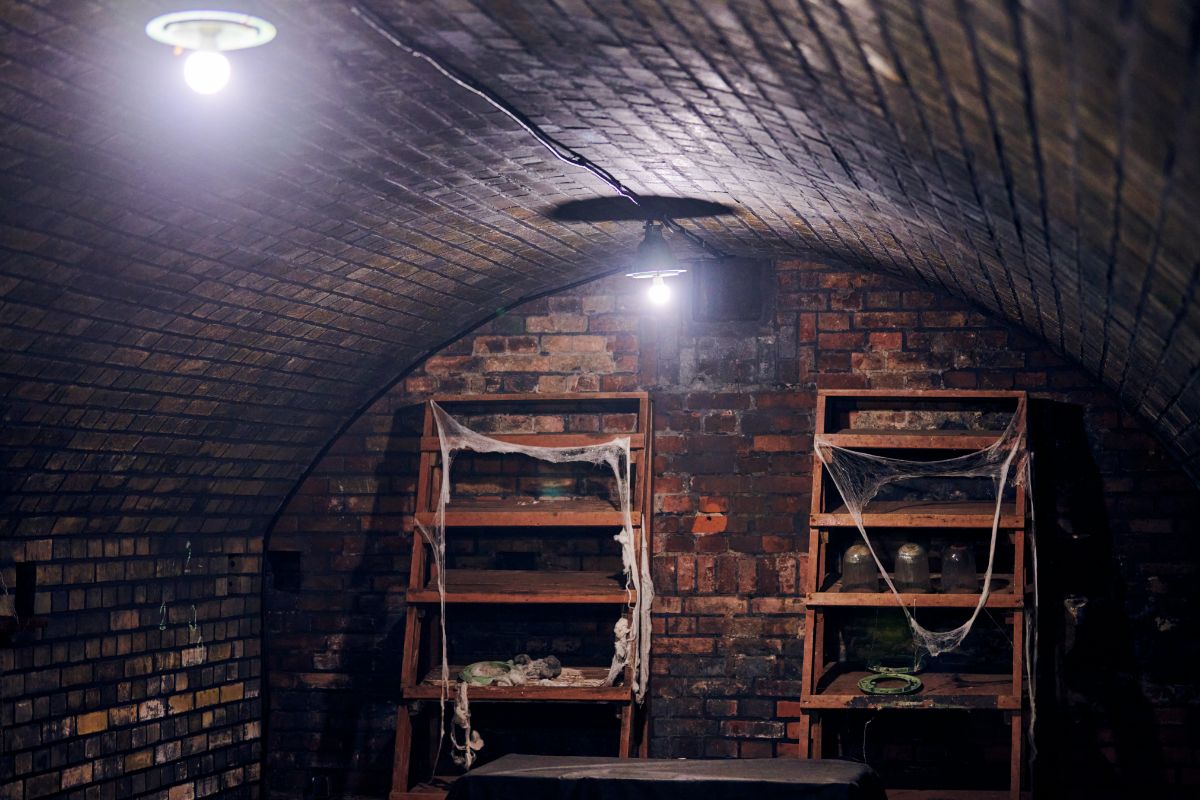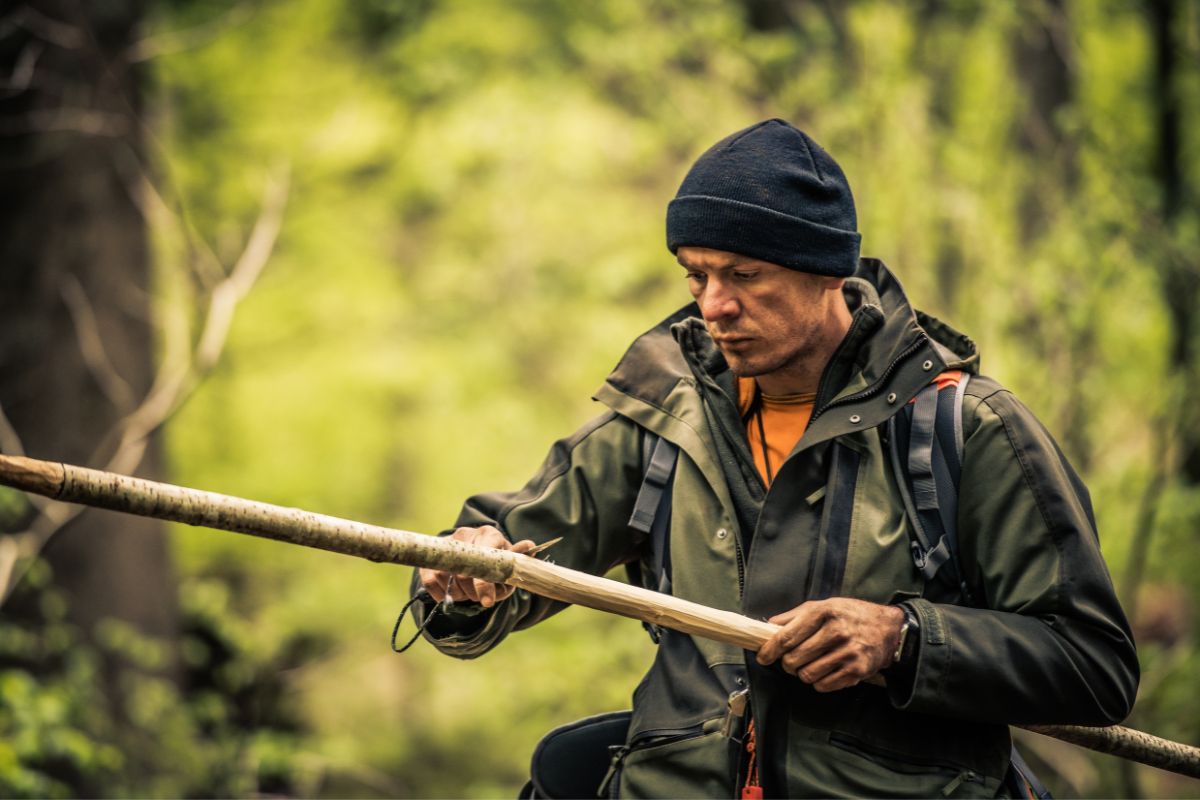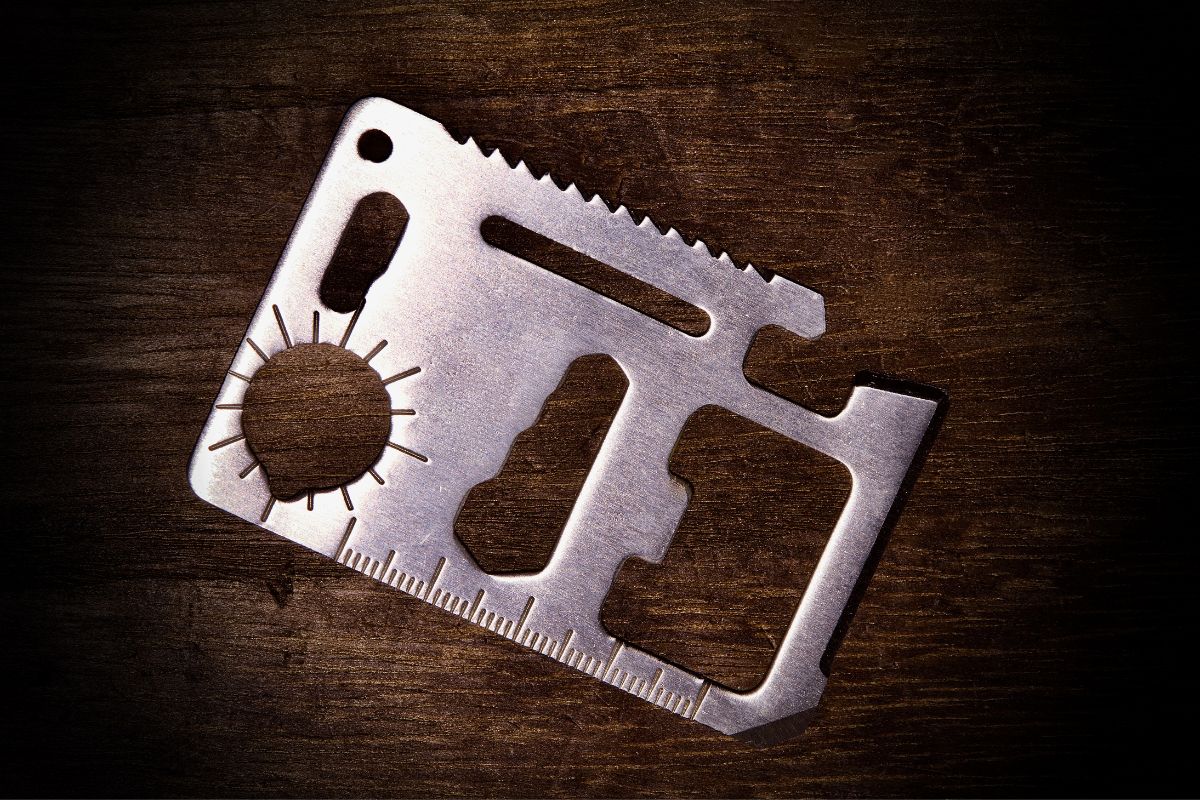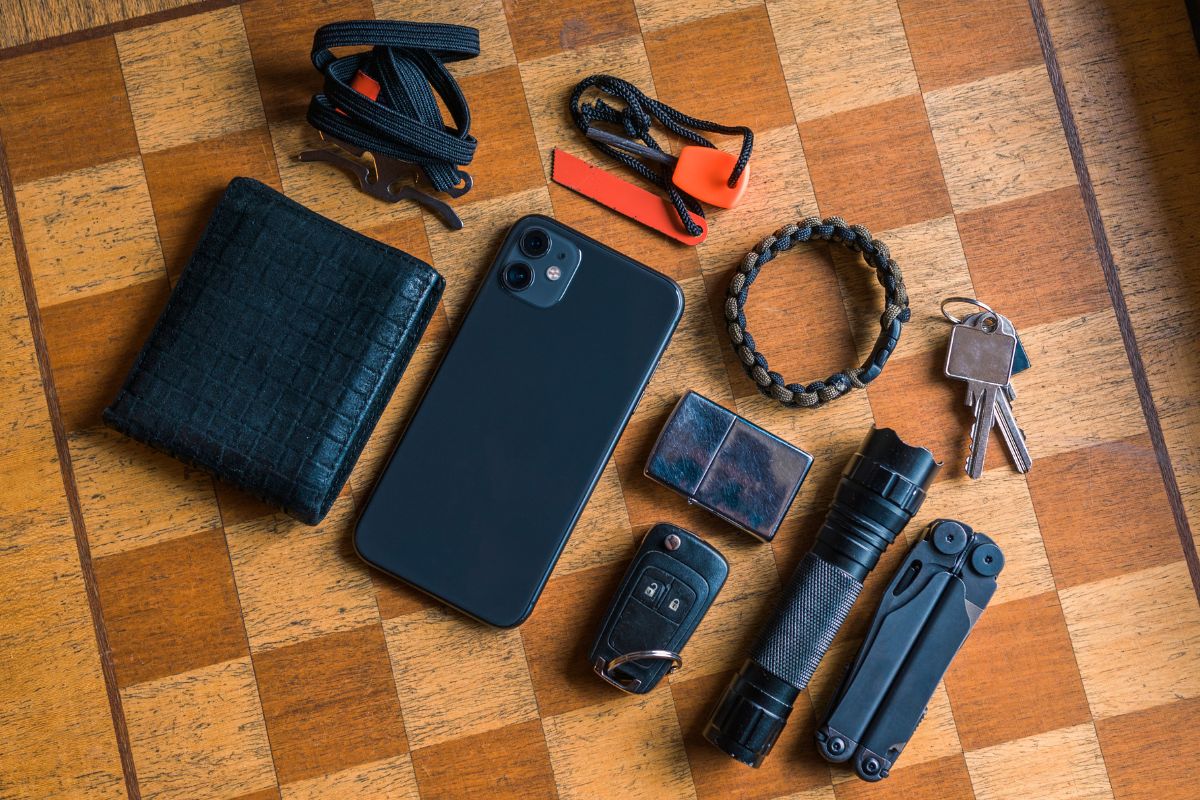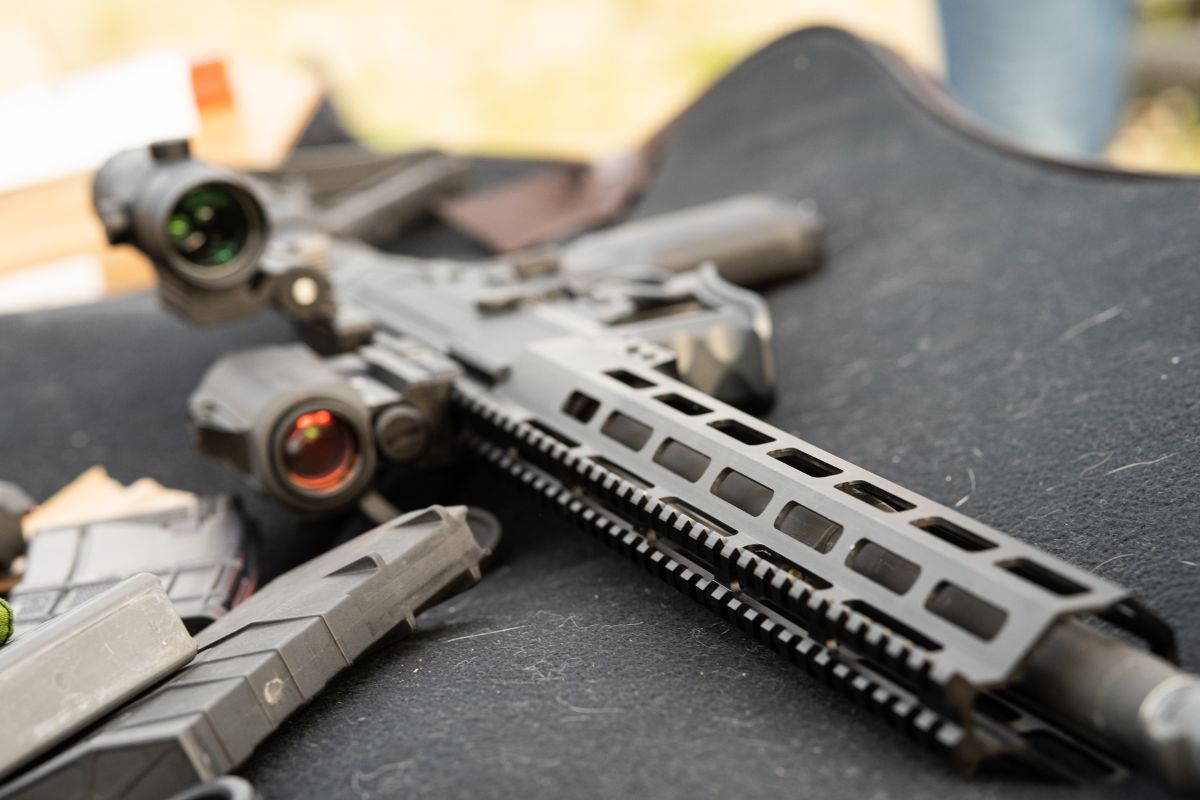Otherwise referred to as an Individual First Aid Kit, an IFAK is a first aid kit that is designed to be able to treat various illnesses and injuries.
However, before the term “IFAK” became commonplace, these small kits were typically used by the military and were often referred to as being a Jungle First Aid Kit.
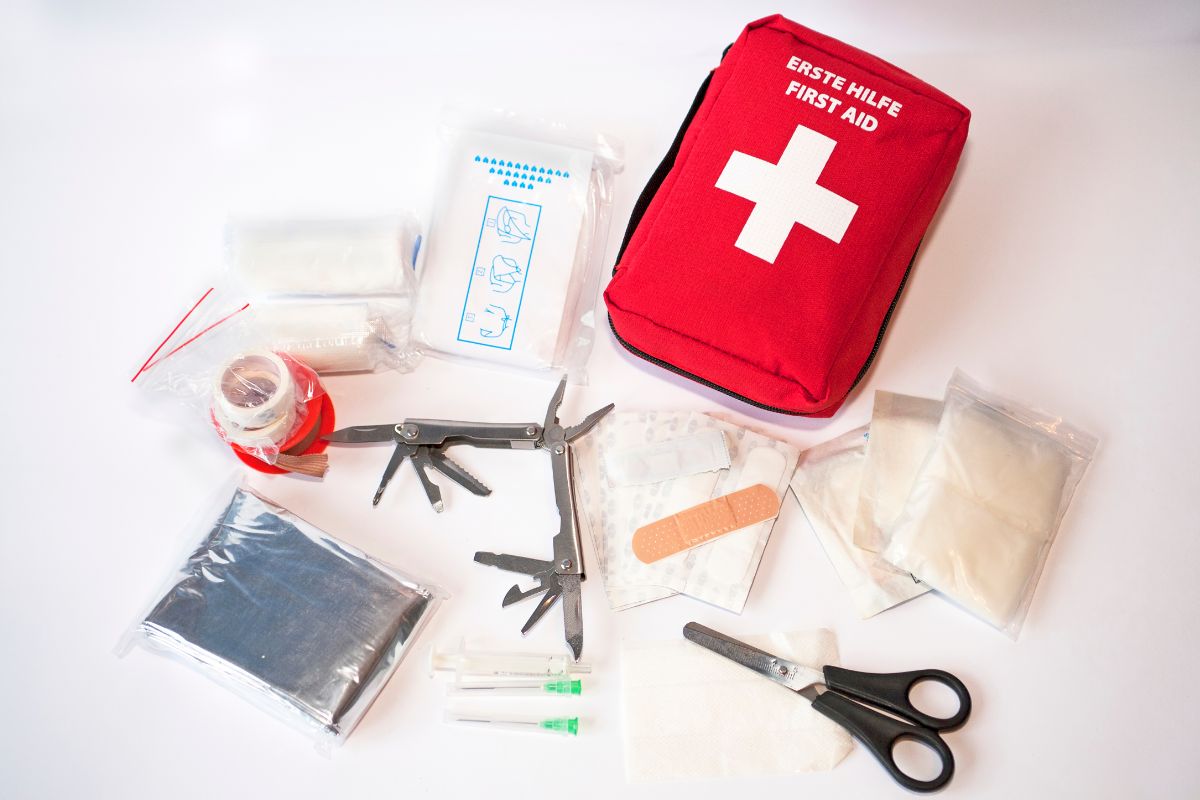
In this post, we are going to be taking a closer look at what an IFAK is – as well as why it’s so important to make sure that you have one.
Along the way, we are also going to be providing you with additional information to make sure that you can make the very most out of your IFAK. Read on.
What Is An IFAK?
As we have already briefly touched upon above, an IFAK is essentially an acronym that stands for Individual First Aid Kit and it was initially created to serve as a medical trauma kit that could be carried around by soldiers and other people within the military.
Despite being designed to be able to treat injuries quickly and efficiently, they were also designed to be small and lightweight, which meant that military men would be able to carry their very own first aid kit around without being weighed down.
In the early 2000’s, the Individual First Aid Kit became a mandatory piece of equipment for all soldiers within the military to have.
After this requirement was implemented, it was found that the amount of preventable deaths in combat were reduced massively from 7.8% down to 2.6% during 2011.
With this being said, IFAKs are typically designed to contain a variety of items that will be able to treat the most common injuries/risks associated with being in combat, including things such as airway insertions, decompressions and much more.
Essentially, contrary to a regular first aid kit, an IFAK’s main purpose is to be able to treat immediate life threatening injuries, such as breathing problems, hypothermia and more.
In the present day, IFAKs are still used by military men and women to help stay safe and treat injuries as they happen, although it’s worth noting that they are far more mainstream and used by the general public now, too.
In addition to this, it should also be noted that most modern IFAKs now come with the addition of a tourniquet and blood-stopping agents that have the potential to prevent deaths in combat as well as in everyday life, too.
What’s Inside An IFAK?
Now that you have a much better understanding of what an IFAK consists of, you might now be interested in learning a little more about what type of medical items you can expect to find inside an Individual First Aid Kit.
Below, we are going to be breaking down the items that are most commonly found inside one:
Tourniquet
This is one of the most common items that can be found inside an IFAK, as well as one of the most vital and life saving.
There are a variety of different types of tourniquets that you can choose to include in your IFAK, although the most commonly used types are a CAT, which is the most common type of tourniquet used in the military and police.
Alternatively, another type of common tourniquet used in IFAKs is a SWAT-T which is a lot easier to use and ideal for everyday life.
Regardless of which type you have in your IFAK, though, they are all designed to help stem arterial bleeding from a wound.
For safety and to ensure that you are comfortable using your tourniquet, we highly recommend that you take the time to get used to using the tourniquet so that you can be prepared and have the confidence to use it should you need it.
Wound Gauze
This is another critically important item that you will need to make sure that your IFAK always contains.
Essentially, wound gauze will allow you to pack a wound by inserting gauze inside the wound and applying pressure to help prevent any more blood from exiting the body.
There are two types that are commonly included in an IFAK, and this is a conventional packing gauze and hemostatic packing gauze.
On one hand, the conventional gauze essentially relies on physical pressure to be able to prevent blood flow, while hemostatic gauze contains a hemostatic agent that has the ability to speed up clotting which will prevent blood from being able to leave the body.
Keep in mind that if you are planning to build your own IFAK and want hemostatic gauze, it is often a lot more pricey than conventional gauze and often comes with a much faster shelf life, too.
Dressing And Bandages
While this one should certainly go without saying, another vital piece of equipment that every IFAK should have is a variety of different dresses and bandages.
After a wound has been packed with gauze to help prevent blood flow (or at least, slow it down until more medical treatment can be had) it is then very important to make sure that you are covering the gauze with dressing as this will help to ensure that the gauze stays in place and does not fall out.
Rescue Blanket

Another essential item that is often included in an IFAK is something that is known as a rescue blanket.
In the event of an emergency or even casualty, keeping warm is often key to survival.
To provide you an idea of what we mean by this, it is highly common for hypothermic patients to experience more fatalities than normothermic patients.
For this reason, it is highly recommended that you make sure that your IFAK comes with its very own blanket, as it is going to ensure that you will be able to keep either yourself or another person warm after suffering a casualty.
As a side note, if you are interested in purchasing a rescue blanket but don’t want to waste money, hypothermia wrap is a great alternative to go for.
Nitrile Gloves
As we have already mentioned above, oftentimes in the vent of an emergency, medical assistance will not typically be on hand until someone alerts them via phone.
For this reason, the first people at the scene are often everyday civilians, so it makes sense that you have gloves in your IFAK in the event that you need to step in and assist until the first responder arrives.
Nitrile gloves will ensure that you are able to assist the person who has been injured while lowering the chances of you getting any blood on you.
Extraction Litter
Last but certainly not least, the final item that is most commonly found inside an IFAK is something that is known as a Quiklitter.
As we are sure that you might already know, in the event that someone becomes injured it is absolutely essential to make sure that the injury is being treated as quickly and as effectively as possible to ensure highest chances of survival.
Affordable and portable, a casualty extraction littler will provide you with the ability to safely evacuate an injured person away from the area that they were injured in.
If you are going to be building your own IFAK, or you currently happen to have one and you have noticed that you do not have an extraction littler, we strongly recommend that you go ahead and get one.
Why?
Well, unlike some other stretchers out there on the market, the casualty extraction littler is unique because it features an innovative stretcher design that can be lifted with less people than a traditional stretcher would take.
This will make carrying an injured person out of the area the injury took place and into safety a lot more safer, as well as far less strenuous, too.
Why Should You Have An IFAK?
The main reason that you should consider keeping an IFAK on you at all times is that it will have the potential to save you or a nearby person’s life in the event of an unexpected or unprecedented emergency.
Oftentimes, when an emergency situation arises, it can take some time before emergency services arrive, which means that – more often than not, the first person to be on the scene will typically be a civilian.
By being able to respond to large bleeds effectively with your IFAK, you will have the ability to potentially save a life while you are waiting for the medical team to arrive to take over.
Along with making sure that you will be able to handle a variety of life-threatening emergencies or situations should they arrive unexpectedly – it is also important to note that an IFAK can also come in handy if you’re the type of person who enjoys nothing more than being in the great outdoors.
If you’re the kind of person that enjoys camping, biking or even hiking – you’ll be making a fantastic choice to add an IFAK into your travel backpack!
By making sure to always travel with an IFAK, you will be able to raise the chances of you being able to potentially save your or a friend/family member’s life in the event of a life threatening emergency, while also ensuring that you are able to travel light thanks to the compact, travel-friendly size.
Not just that, but it is also worth noting that IFAKs are extremely versatile and can be customized with a variety of additional items that you might like to add.
The main reason for this comes down to the fact that IFAKs are typically made out of a small cotton pouch that comes with plenty of room.
Thanks to this, it means that you will have lots of space to utilize should you want to add any additional medical, first aid items such as plasters or bandages.
However, if you are planning on using an IFAK and you’d like to upgrade it with a variety of additional medical equipment – it is recommended that you try and maintain only essential medical items inside your IFAK.
The last thing that you want to do is to be in a life-threatening situation, only to discover that you are unable to find the item that you need due to having so much equipment to rummage through!
The Bottom Line
There we have it! You have made it to the end of the article.
Now that you have taken the time to read through everything that we have talked you through above, we hope that you now have a much better understanding of what an IFAK is.
As well as this, we are also hoping that you have a much better understanding of why it’s so important that you make sure you have one, especially if you are the type of person that likes to travel or being out in nature.
By making sure that you are armed with your very own IFAK (or individual first aid kid) you will ensure that you have all of the necessary equipment to be able to treat a multitude of different illnesses and injuries that you might encounter while being off the grid.
On top of that, IFAKs are also super small and compact, which means that you will be able to easily slot one into your travel bag without taking up too much space or weighing you down.
Thank you for reading!
- How To Make A Quick And Easy DIY Toilet For Camping - September 19, 2022
- How To Use A Knife For Self Defense - September 19, 2022
- How To Help The Elderly Recover From A Disaster - September 19, 2022


